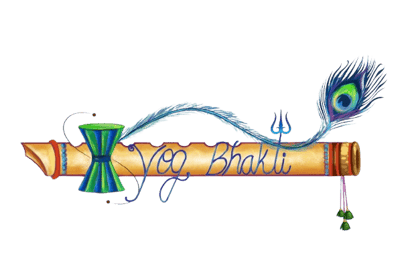Panch Koshas or Five Bodies
The body that is visible or seen by our naked eyes. But have you ever considered that beyond this physical body, which we use for basic functions like eating, sleeping, and mating—all primal acts—there's more? Within humans, there are complex and deeply ingrained instincts that guide their actions.
1/17/20252 min read
Thoughts are a product of the mind; similarly, dynamic pranic energy exists in its own physical form. Just as our thoughts are unseen, so too is this subtle body, yet it governs our lives. Similarly, emotions like pain, anger, and love—invisible forces—drive our actions from birth, felt but unseen. As consciousness deepens, more subtle, casual bodies become perceptible, a gentle awakening of sensation.
Fig 1.1 diagram of various koshas in human body (INSERT IMAGE)
Because of illusion or maya, consciousness largely remains within the physical, emotional, mental, and pranic bodies, depleting pranic energy in these sheaths. From the gross to the subtle, the range of physical and life force energy is vast. The first layer, the Annamaya Kosha, represents our physical body sustained by food. Existing primarily here implies a basic, almost animalistic existence focused on eating, earning, sleeping, and mating, with low consciousness and a preoccupation with desires, materialism, and suffering. In the relentless pursuit of money, success, and fame, we compete ruthlessly, mirroring the Darwinian theory of survival of the fittest.
Next is the pranamaya kosha, or vital sheath, which is full of life force and includes chakras, nadis, and pranic vayus. It encompasses our unified spiritual form, energy body, and emotional state. Clairvoyants perceive the pranic body as a vibrant, luminous aura, much like an electromagnetic field; they see it as a radiant energy body surrounding the physical one, its colours and brightness revealing its state.
The Aura reflects different colours, shades, and luminosity depending on the blocks of inner subtle bodies, revealing the person's state. Spiritual readers can interpret this and receive guidance to clear blockages, revitalize their aura, and facilitate the free flow of prana through all koshas. More subtle than the physical body, the pranic body acts as a conduit between the physical and subtle realms. Through meditation and mindfulness, pranic energy shifts gradually from a physical state to a more refined one, removing obstructions from chakras and Nadis. Any disruption of energy flow directly affects the body, manifesting as various diseases.
Manomaya kosha, the third sheath, represents the mental plane, which includes both higher and lower mental functions. The two sheaths described earlier are held within the conscious mind. It acts as a bridge between the external and internal realms, converting sensory experiences into internal sensations and influencing the physical body from within. The manomaya kosha is where our analytical, logical, intuitive, intelligent, and wise capabilities reside. This is where human consciousness begins, and this kosha is absent in plants and animals. A mind trapped in lower realms of consciousness loses its power, becoming erratic and leading to mental disorders. With growing awareness, we access higher mind capabilities such as intuition and intelligence, gradually refining our instincts.
The fourth sheath, Vijanamaya or the sat kosha, is a psychic layer of experience that encompasses but is more subtle than the manomaya kosha. It connects individual awareness to universal consciousness. The ability to interpret and decode advanced cosmic wisdom emerges upon reaching this kosha level of consciousness. Unlocking this sheath awakens many spiritual gifts, including inner visions, insights, and a deeper understanding of humanity's true nature and reality. This body is where many of our first profound spiritual experiences occur; everything suddenly becomes clear. Our perspectives on life—relationships, experiences, and circumstances—shift, revealing a deeper understanding.
Through kriyas and meditation, the clearing of the vijanamaya kosha allows glimpses into the more subtle bodies of chit kosh, anandmaya kosh, and atmakosh. Experiences and feelings are subjective and differ between individuals here. Consciousness ends; stillness begins. In this place, desires, attachments, and karmic seeds start to dissipate. It's a state of complete knowledge and unity between the self and Brahman. One experiences pure bliss, seeing in each moment a manifestation of their own true self—love, contentment, and truth. We transcend the cycle of birth and death, achieving perfect enlightenment.
Some references are taken from the book “ Prana and Pranayama “ by Swami Niranjanananda Saraswati


